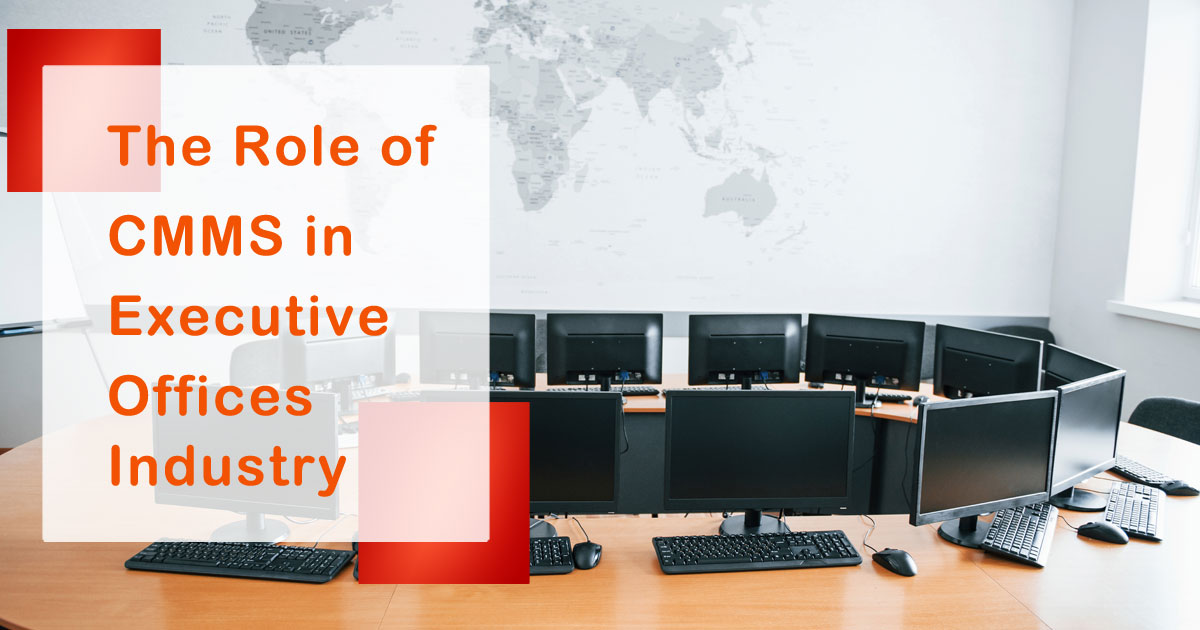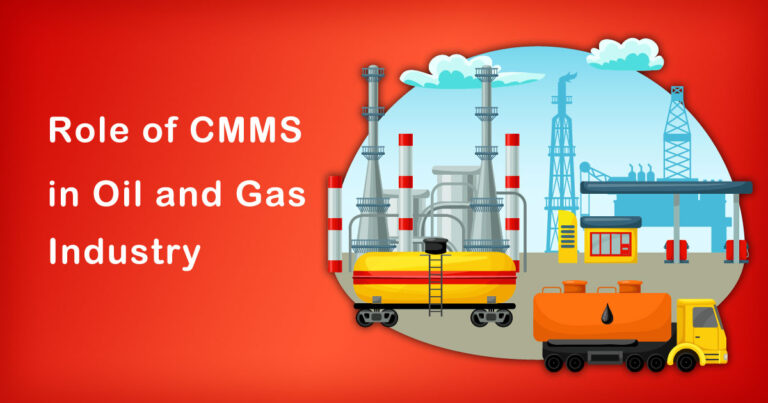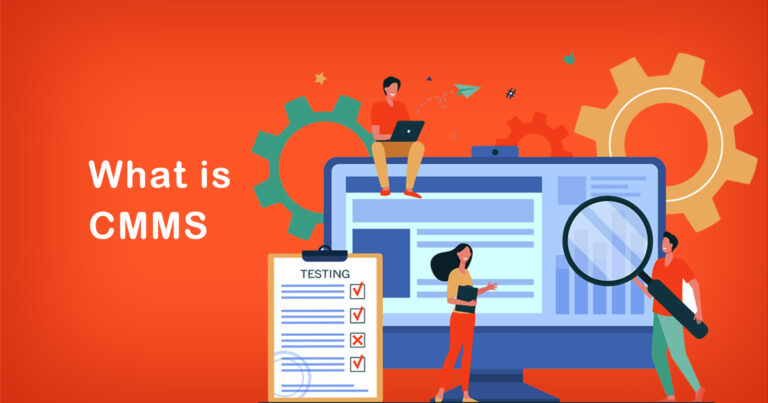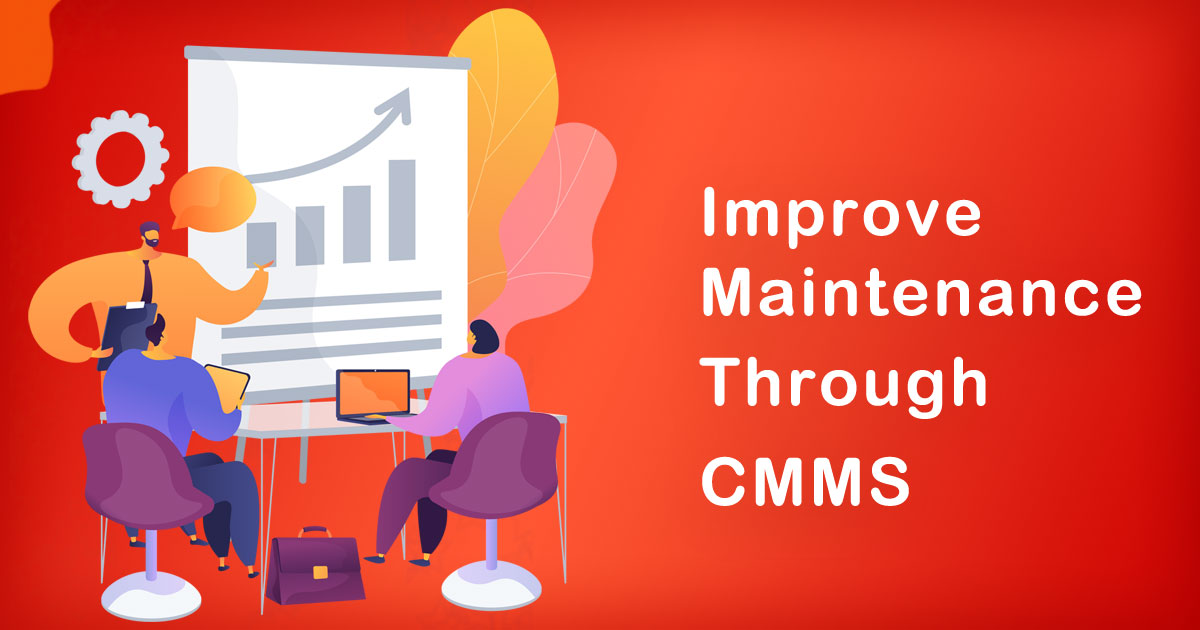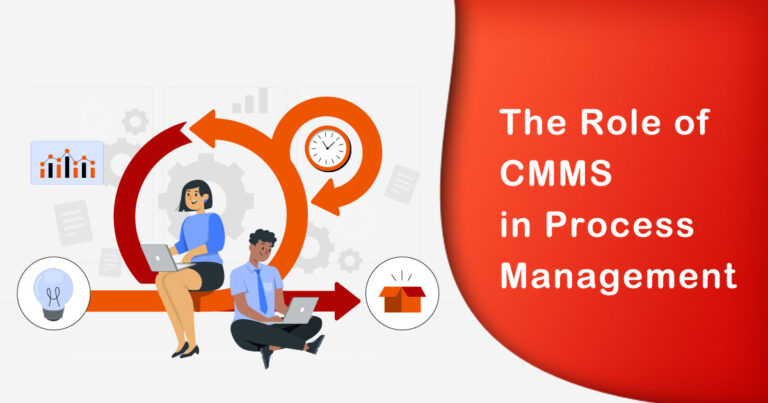Introduction
In today’s fast-paced business environment, the executive offices industry is constantly evolving to meet the needs of its clients. With the growing complexities of managing office spaces, assets, and facilities, executives require efficient tools to streamline their operations. This is where Computerized Maintenance Management Systems (CMMS) come into play. In this article, we will explore the role of CMMS in the executive offices industry in an Indian context, shedding light on its benefits, features, and implementation strategies.
Understanding CMMS
A Computerized Maintenance Management System (CMMS) is a software-based solution that helps organizations efficiently manage their maintenance activities, assets, and facilities. It provides a centralized platform for planning, scheduling, and tracking maintenance tasks, along with managing work orders, inventory, and resource allocation. CMMS solutions have gained significant popularity in recent years due to their ability to streamline operations, reduce downtime, and improve overall productivity.
Benefits of CMMS in Executive Offices
1. Enhanced Asset Management:
The executive offices industry often deals with a wide range of assets, including office equipment, furniture, and fixtures. CMMS enables executives to effectively track and manage these assets by providing real-time visibility into their status, maintenance history, and location. This helps in optimizing asset utilization, minimizing downtime, and ensuring timely repairs or replacements.
2. Preventive Maintenance:
Preventive maintenance plays a crucial role in the executive offices industry, as it helps avoid costly breakdowns and ensures the smooth functioning of facilities. CMMS enables executives to schedule regular maintenance tasks based on time, usage, or condition, thereby reducing the chances of unexpected failures and extending the lifespan of assets.
3. Work Order Management:
CMMS simplifies the process of creating, assigning, and tracking work orders in executive offices. Whether it’s a request for repairs, maintenance, or inspections, CMMS allows executives to efficiently manage the entire work order lifecycle. This results in improved communication, faster response times, and increased accountability among maintenance teams.
4. Inventory Control:
Efficient inventory management is vital for executive offices to ensure the availability of necessary supplies and minimize waste. CMMS provides a comprehensive view of inventory levels, automates reordering processes, and generates reports to identify trends and optimize stock levels. This prevents stockouts, reduces excess inventory, and ultimately leads to cost savings.
4. Data-driven Decision Making:
CMMS generates valuable insights by capturing and analyzing maintenance data. Executives can leverage these insights to make informed decisions regarding asset performance, maintenance strategies, and resource allocation. By identifying trends, patterns, and potential risks, CMMS empowers executives to implement proactive measures, improve operational efficiency, and drive continuous improvement.
Implementing CMMS in Executive Offices
1. Assessing Needs:
Before implementing a CMMS solution, executives must evaluate their specific requirements, considering factors such as asset types, maintenance workflows, and reporting needs. This assessment helps in selecting the right CMMS vendor and customizing the system accordingly.
2. Vendor Selection:
It is essential to choose a reliable CMMS vendor that understands the unique challenges faced by executive offices in the Indian context. Evaluating factors like system scalability, user-friendliness, customer support, and integration capabilities is crucial for a successful implementation.
3. Data Migration and Integration:
During the implementation process, executives need to ensure a smooth transition of data from existing systems to the CMMS. Integration with other software applications, such as accounting or ERP systems, can further enhance the efficiency of data management and streamline processes.
4. User Training and Adoption:
Proper training and user adoption are crucial for maximizing the benefits of CMMS. Executives should invest in comprehensive training programs to familiarize employees with the system’s functionalities and encourage its use across the organization. Continuous support and feedback mechanisms help overcome any initial resistance and promote long-term adoption.
Conclusion
In the executive offices industry, where efficiency and productivity are paramount, CMMS emerges as a valuable tool. By optimizing asset management, facilitating preventive maintenance, and providing data-driven insights, CMMS empowers executives to streamline operations and enhance overall performance. Successful implementation of CMMS requires careful evaluation of needs, selection of the right vendor, seamless data migration, and effective user adoption. With the right CMMS in place, executive offices in India can unlock new levels of efficiency, cost savings, and operational excellence.


